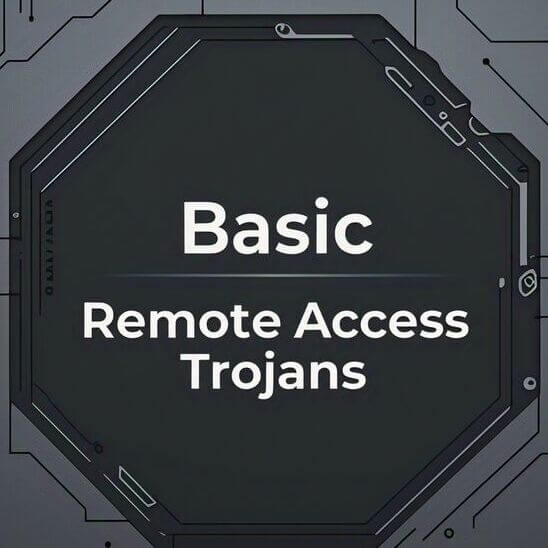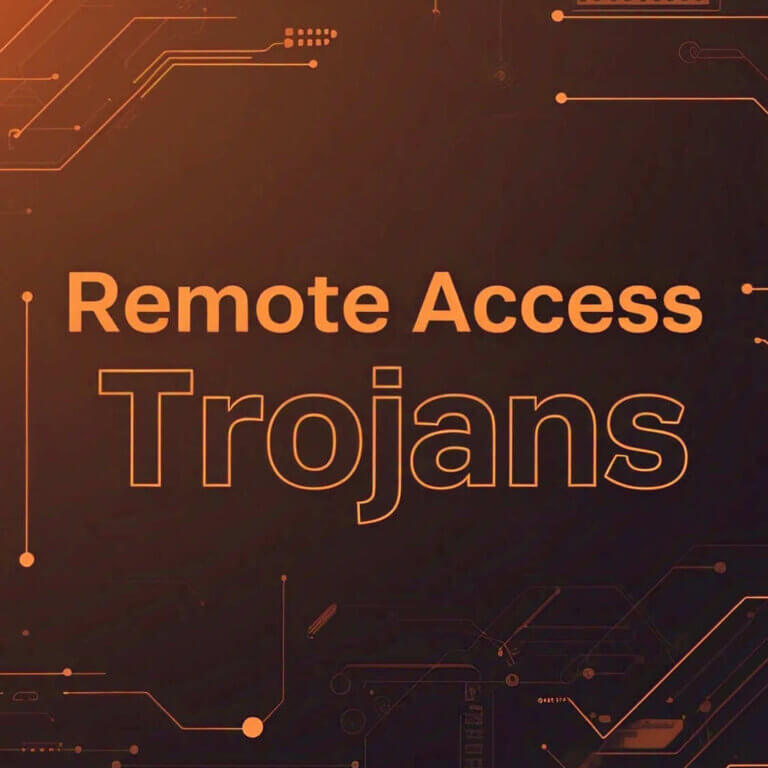Remote Access Trojans (RATs) are a foundational tool in the arsenal of cybercriminals. While some advanced RATs are highly stealthy and complex, there’s a whole class of basic RATs that remain dangerous precisely because of their simplicity and ease of use. In my experience analyzing malware in lab environments, I’ve found that basic RATs are often the first tools used by novice hackers and script kiddies, yet they remain surprisingly effective due to poor endpoint security practices.
Let’s take a deep dive into five of the most prominent basic RATs still making waves in 2025. I’ll also show you how they work under the hood, with code examples and platform-specific implementation or detection strategies.
Book Your FREE Security Consultation Now!
Table of Contents
1. NjRAT
Overview: NjRAT is a .NET-based RAT that first emerged in 2013 and continues to be a favorite among entry-level attackers due to its small size, simple GUI, and rich set of features.
Key Features:
Remote desktop view
File upload/download
Webcam and mic access
Keylogging
Code Snippet – Client Connection Stub:
Dim client As New TcpClient("127.0.0.1", 4444)
Dim stream As NetworkStream = client.GetStream()
stream.Write(Encoding.ASCII.GetBytes("Connected"), 0, 9)
Detection Tip – Windows Event Logging: Look for suspicious child processes spawned by explorer.exe, which is a common tactic used by NjRAT droppers.
Get-WinEvent -LogName Security | \
Where-Object {$_.Id -eq 4688 -and $_.Message -match "explorer.exe"}
2. DarkComet
Overview: DarkComet, though officially discontinued, is still circulating through cracked underground versions. It’s a basic but versatile RAT often used in surveillance campaigns.
Key Features:
Registry editor
Remote shell
LAN discovery
Payload Deployment Strategy: Attackers typically disguise it inside an innocent-looking application:
Read on Remote Access Trojans
@echo off
start notepad.exe
DarkComet.exe
Detection Strategy – Registry Monitoring: Use Sysinternals Autoruns or monitor these keys for persistence:
HKCU\Software\Microsoft\Windows\CurrentVersion\Run
3. QuasarRAT
Overview: Written in C#, QuasarRAT is open-source and often modified. It’s heavily used by pentesters and attackers alike due to its remote shell and process management features.
Key Features:
Remote shell
Keylogger
TCP tunneling
Server Initialization Example (C#):
TcpListener listener = new TcpListener(IPAddress.Any, 4782);
listener.Start();
TcpClient client = listener.AcceptTcpClient();
Linux Detection Tip (via Sysmon for Linux): Look for outbound connections to non-standard ports on startup.
sudo ausearch -k netactivity | grep 4782
4. Remcos RAT
Overview: Remcos is commercially sold as a remote administration tool but is often cracked and abused. It is relatively lightweight and often embedded in phishing documents.
Key Features:
Clipboard spying
Application control
Screen locker
Code Behavior – VBS Dropper Example:
Set objShell = CreateObject("Wscript.Shell")
objShell.Run "Remcos.exe", 0, False
Platform-Specific Detection – Email Gateway: Use a DLP (Data Loss Prevention) solution to scan Office documents with embedded macros. Regex-based scans can identify obfuscated macro payloads:
Auto(Open|Close)|CreateObject\("[a-zA-Z]+"\)
5. jRAT (Java RAT)
Overview: jRAT is platform-independent due to its Java base and can target Windows, macOS, and Linux machines.
Key Features:
Cross-platform control
Screenshot capture
File browser
Sample Client Initialization (Java):
Socket socket = new Socket("127.0.0.1", 9999);
DataOutputStream out = new DataOutputStream(socket.getOutputStream());
out.writeUTF("Connection successful");
macOS Detection Tip – Launch Agents: Check for unusual plist files under the following path:
~/Library/LaunchAgents
Malware often uses LaunchAgents for persistence on macOS.
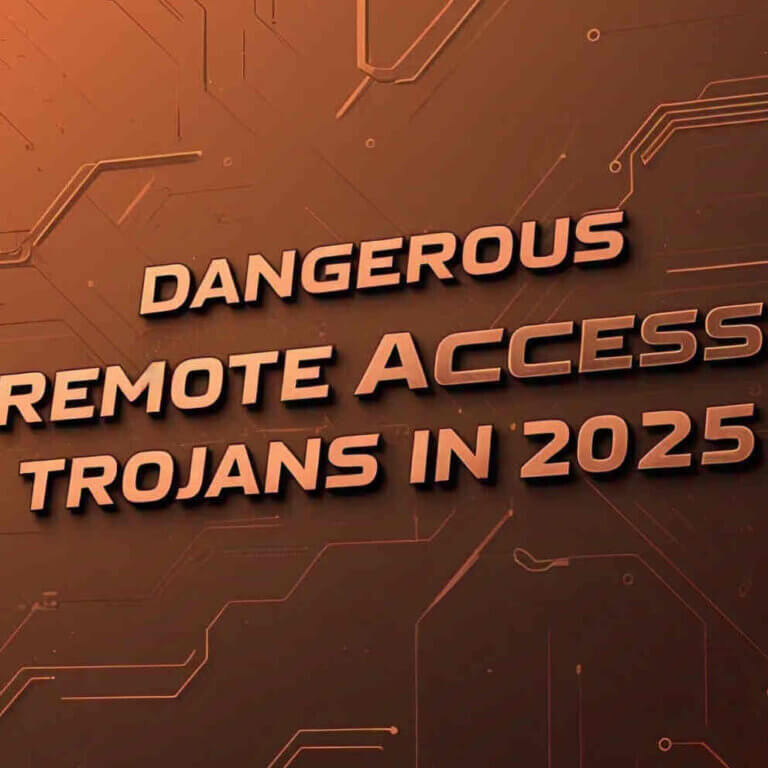
Check out the RATs Dominating 2025
Conclusion
Basic RATs may not be sophisticated, but their simplicity is what makes them so effective. They’re easy to modify, simple to deploy, and hard to detect without proper endpoint monitoring. As seen above, each of these RATs has its unique behavior patterns that defenders can leverage for detection.
If you’re running blue team operations or just want to harden your home systems, understanding the behavior of even these “basic” threats is essential. In 2025, RATs remain a persistent and evolving threat. Don’t underestimate them just because they’ve been around for a while.
Why Businesses Trust SecureMyOrg for Comprehensive Network Security
At SecureMyOrg, we uncover and fix all possible security vulnerabilities of mobile and web, while providing solutions to mitigate risks. We are trusted by renowned companies like Yahoo, Gojek and Rippling, and with 100% client satisfaction, you’re in safe hands!







Some of the things people reach out to us for –
- Building their cybersecurity program from scratch – setting up cloud security using cost-effective tools, SIEM for alert monitoring, building policies for the company
- Vulnerability Assessment and Penetration Testing ( VAPT ) – We have certified professionals, with certifications like OSCP, CREST – CPSA & CRT, CKA and CKS
- DevSecOps consulting
- Red Teaming activity
- Regular security audits, before product release
- Full time security engineers.
Relevant Posts
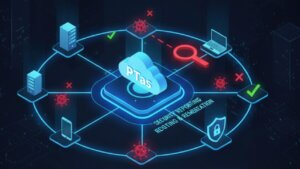
What Is Penetration Testing as a Service?
Penetration testing as a service (PTaaS) lets experts simulate real attacks to uncover vulnerabilities before hackers do. This guide explains the process, benefits, and costs, helping businesses strengthen defenses with predictable, ongoing security checks.
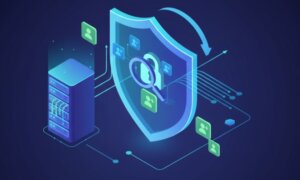
How To Inspect Encrypted Traffic Without Breaking Privacy
Network administrators face a challenge: securing systems while respecting privacy. This guide explains how to inspect encrypted traffic without breaking privacy using metadata, anomaly detection, and machine learning ensuring visibility, compliance, and trust.

How to Audit Infrastructure as Code (IaC) for Security Vulnerabilities
Discover how to audit Infrastructure as Code (IaC) for security vulnerabilities with this practical guide. Learn to scan IaC files using tools like Checkov, fix issues like exposed resources, and integrate audits into CI/CD pipelines. Protect your cloud systems from misconfigurations and ensure compliance with clear, actionable steps.
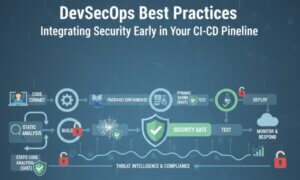
DevSecOps Best Practices: Integrating Security Early in Your CI/CD Pipeline
This article provides a practical guide to embedding security into every stage of your CI/CD pipeline. Learn core DevSecOps best practices like SAST, DAST, dependency scanning, secrets management, and compliance automation to catch vulnerabilities early, foster a culture of shared ownership, and build a secure-by-design development process that accelerates release cycles.

5 Cloud Misconfigurations That Lead to Data Breaches
Cloud misconfigurations are one of the leading causes of data breaches, yet they’re also among the most preventable. From exposed storage buckets to weak IAM policies, attackers exploit these mistakes daily. Learn about the top 5 misconfigurations and how your organization can fix them before they lead to costly data exposure.
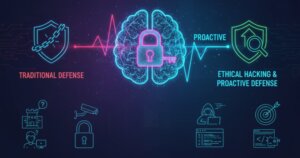
How Can Ethical Hacking Training Elevate Your Internal Cybersecurity?
Ethical hacking training empowers organizations to strengthen internal cybersecurity by uncovering vulnerabilities before attackers do. From mastering penetration testing to enhancing incident response, this training builds a proactive security culture. Learn how Secure My ORG’s programs can elevate your team’s skills and fortify defenses against modern threats like AI-driven attacks.
